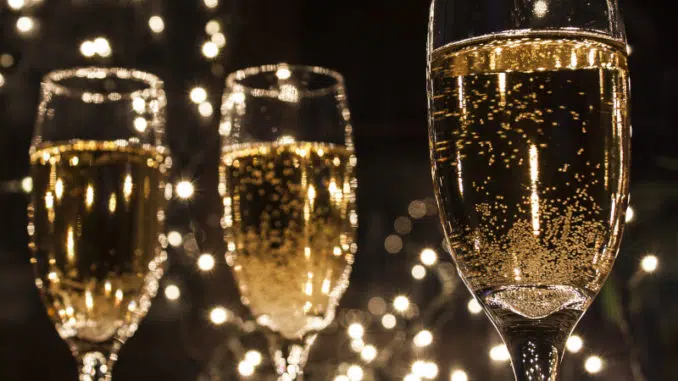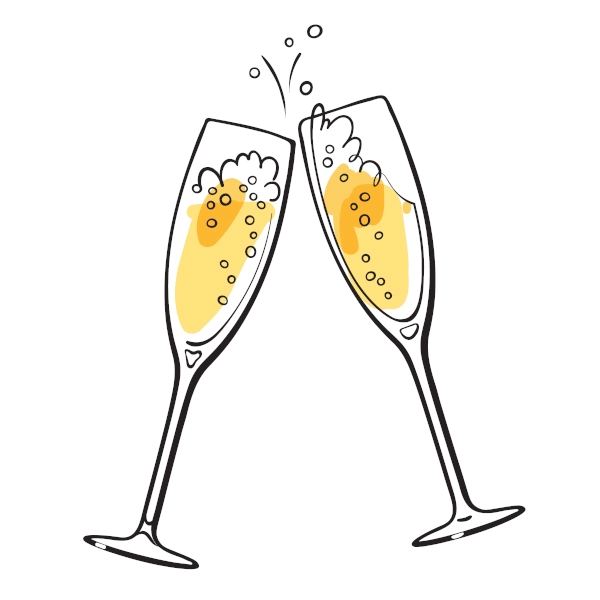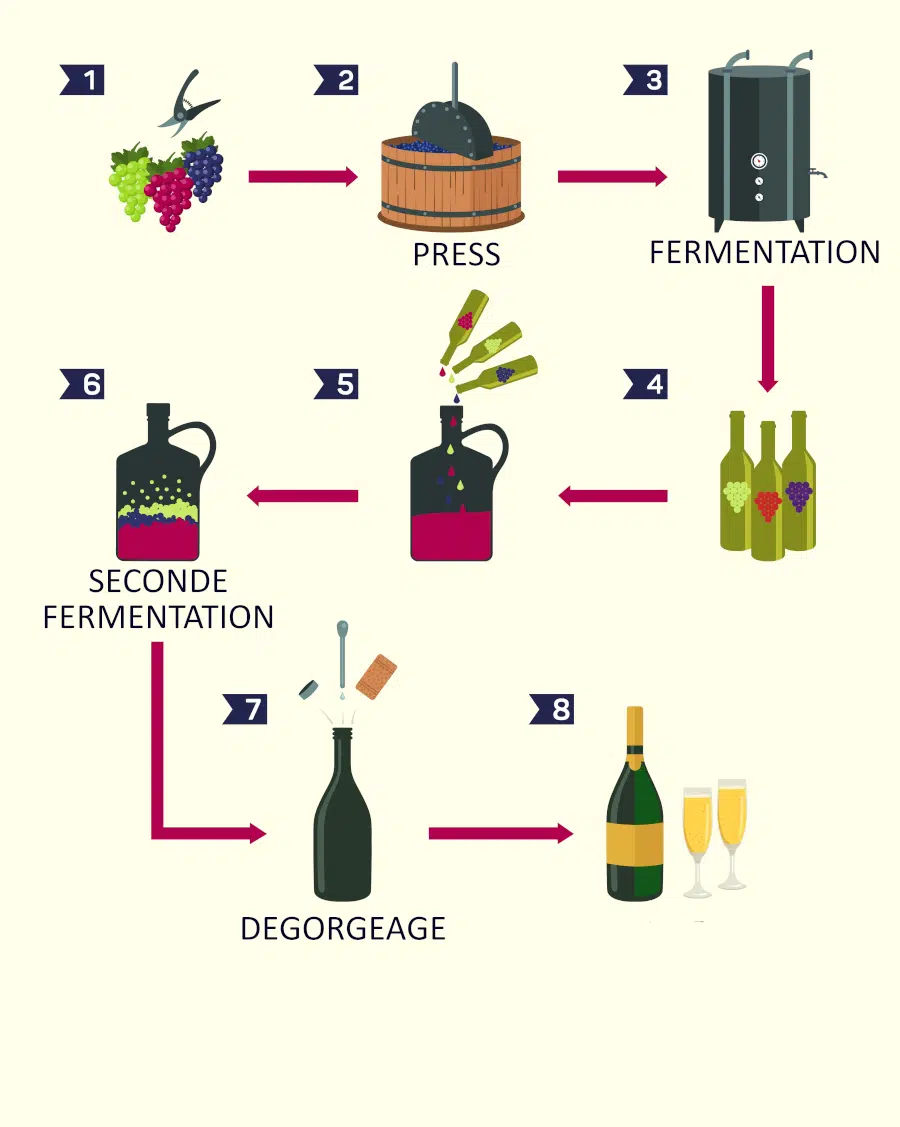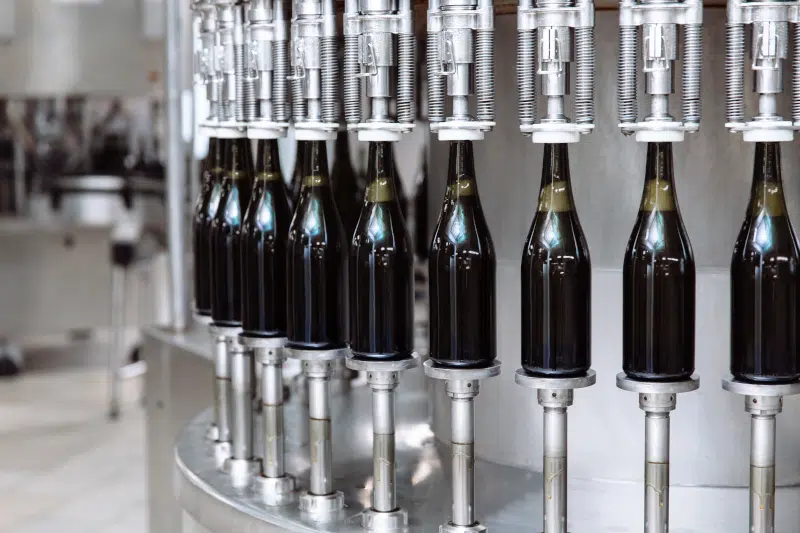
Where do champagne bubbles come from?


The bubbles present in champagne are composed of carbon dioxide. The same gas we release when we exhale. The same gas that forms when burning wood or coal. Chemists talk about CO2.

Champagne is the result of a double fermentation process, which is to say a chemical process that will transform sugar, in our case, into molecules of alcohol and gas.
The gas produced is, therefore, carbon dioxide. He’s the one who makes the champagne sparkle.
During the first fermentation phase, a non-sparkling champagne wine is obtained. It is said to be flat.
Did you know that in a bottle of champagne there is the equivalent of 5 liters of dissolved carbon dioxide? Whereas a bottle has a capacity of 0.75 liters.
In the second step, we add sugar and yeast before closing the bottle with a cork. The bacteria that make up the yeast will transform sugar into alcohol and carbon dioxide. Scientists have calculated that around 10g of CO2 is produced per liter of champagne.



Carbon dioxide bubbles make it easier to extract the aromas from champagne. These small molecules that give it its pleasant taste with adults.
A fun little experiment is to put your nose above your glass when the champagne is just poured into the cup. Small bubbles of carbon dioxide will bite your nose, but not only. They also take with them the aromas that will tickle your nostrils. Starting from the bottom of the glass, the microbubbles will explode on the surface, releasing more than a hundred aromas.
In particular, the researchers identified a molecule with the charming name of gamma decalactone, the molecule that gives the fruity taste, close to peach. And only champagne contains it, because this molecule comes from the fermentation technique specific to champagne.

There is also palmitic acid, which gives a richer and oily taste to champagne.

One cut a day would be beneficial for treating, in particular, dementia. A mental illness that leads to crazy behavior. This is the result of research conducted by the British and which shows that the presence of molecules called polyphenols would be beneficial for our mental health. But only one cut per day!
Did you know that the pressure in a bottle of champagne is 4 times greater than in the tires of a car? That’s why the cap flies so high!
Copyright © 2023 | CurioKids.net - All rights reserved